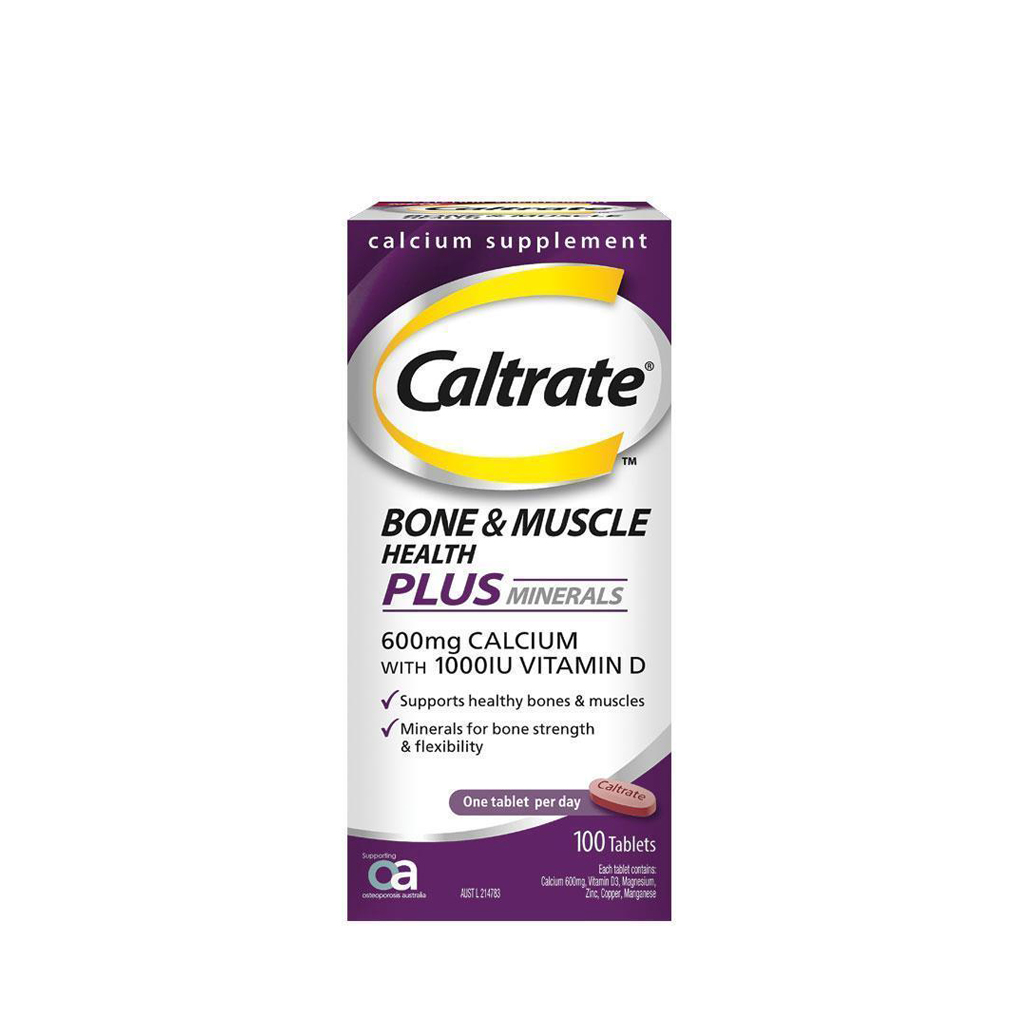

Calcitriol has been thought to play an important role in promoting bone formation, since it increases osteocalcin production by osteoblasts 7. Metabolites of vitamin D not only can increase the intestinal absorption of calcium but also possess other cellular effects 6. Vitamin D insufficiency may progress to a clinical deficiency, which is associated with severe muscle weakness in elderly adults and often results in a marked disability 4, 5 that can be ameliorated within several weeks of vitamin D supplementation. If untreated, it leads to bone loss and consequently to an increased risk of fracture.

Vitamin D insufficiency is common in older people 3. Many age-related factors contribute to osteoporosis, such as a decline of gonadal function, a reduction in intestinal calcium absorption, vitamin D insufficiency, decreased production of 1,25(OH) 2D 3 and secondary hyperparathyroidism 2. Osteoporosis, a common disease among aging people, is characterized by decreased bone mass and microarchitecture deterioration of bone tissue, leading to increased bone fragility and fracture 1. Rocaltrol plus Caltrate D was more effective at the lumbar spine than Caltrate D alone. Treatment with Rocaltrol plus Caltrate D or Caltrate D for 12 months in elderly Chinese postmenopausal women effectively increased BMD at the lumbar spine. No severe adverse event related to these medications occurred throughout the study. The stand and maximal forward reach test (SMFRT) was significantly enhanced in both groups during the 12 months of treatment, but no significant differences were found between these two groups.

The following are the mean percentage changes (and SD) in BMD over 12 months: at L2-L4, 0.83☓.88 in the Caltrate D group and 2.84±4.04 in the Rocaltrol+Caltrate D group ( P=0.003, by ANCOVA) at the femoral neck, 0.04☓.94 in the Caltrate D group and 2.01±5.45 in the Rocaltrol+Caltrate D group ( P=0.085, by ANCOVA) and in the trochanter, 1.59±4.57 in the Caltrate D group and 3.76☖.25 in the Rocaltrol+Caltrate D group ( P=0.053, by ANCOVA). Height changes, the presence of new vertebral fractures, muscle strength and balance were evaluated. The changes in bone mineral density (BMD) served as primary end-points. Seventy-six participants received Caltrate D as one pill daily the other 74 participants received 0.25 μg Caltrate D plus Rocaltrol daily. One hundred fifty Chinese women aged over 65 years with osteopenia or osteoporosis from three centers were randomly divided into two groups. To observe the efficacy and safety of Rocaltrol (calcitriol) and/or Caltrate D (calicum carbonate plus vitamin D) in elderly Chinese women with osteopenia or osteoporosis.


 0 kommentar(er)
0 kommentar(er)
